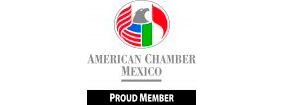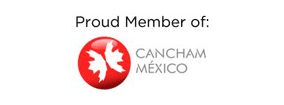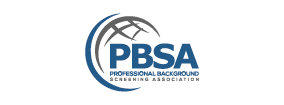Mejore la precisión del cumplimiento con nuestras soluciones integrales para su empresa

First Advantage – MultiLatin Customer Care promete ofrecer una experiencia de soporte fácil y especializada. Como parte de nuestra transformación continua de Atención al Cliente, estamos mejorando la forma en que atendemos y conectamos con los clientes. Anunciamos nuestro nuevo modelo de soporte:



Encuentra respuestas y soluciones. Chatea con un experto. Obtén el apoyo que necesitas.
Visite nuestro Centro de Atención al Cliente
Llame al +52 (55) 5511 3237 para hablar acerca de los servicios
Complete nuestro formulario comercial y nos pondremos en contacto con usted.
Información de confianza para ayudarle con estrategias que potencien el crecimiento empresarial, orientar el liderazgo y le permitan afrontar el futuro con seguridad.
A lo largo de la Experiencia del Candidato, los equipos líderes de Recursos Humanos en todo el mundo confían en First Advantage para realizar el screening, las verificaciones, la seguridad y el cumplimiento. Encuentre el equilibrio entre la tecnología y las personas con nuestras innovaciones que le permitan contratar más inteligente e incorporar más rápido a su talento.
First Advantage está comprometido con las iniciativas medioambientales, sociales y de gobierno corporativo.
A lo largo de la Experiencia del Candidato, los equipos líderes de Recursos Humanos en todo el mundo confían en First Advantage para realizar el screening, las verificaciones, la seguridad y el cumplimiento. Encuentre el equilibrio entre la tecnología y las personas con nuestras innovaciones que le permitan contratar más inteligente e incorporar más rápido a su talento.